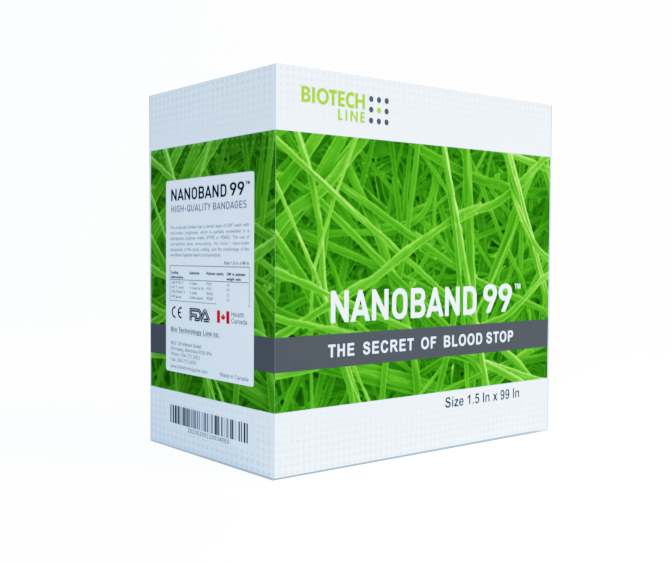We create high quality products that are used and loved by thousands of customers
Nanotechnology: The Future of Medicine
Nanotechnology has the potential to transform medicine by enabling targeted drug delivery, early disease diagnosis, and improved drug effectiveness. Nanotechnology can reduce side effects and improve treatment outcomes by designing nanoparticles to deliver drugs directly to affected tissues. Nanoparticles can also be engineered to detect disease biomarkers, leading to earlier diagnosis and treatment. With ongoing research and development, nanotechnology is poised to revolutionize medicine and improve patient healthcare.
Nanotechnology Advances in Medical Bandages for Improved Wound Care
Nanotechnology has enabled the development of advanced medical bandages that can help heal wounds more quickly and effectively. These bandages contain nanoscale fibers and particles that provide enhanced functionality, such as the ability to deliver drugs directly to the wound site, promote tissue regeneration, and prevent infection. Nanoparticles can be incorporated into the bandage material to release drugs slowly over time, reducing the need for frequent reapplication. Additionally, nanofibers can be engineered to mimic the structure of natural tissues, providing an optimal environment for wound healing. Overall, nanotechnology is transforming the field of medical bandages by providing innovative solutions for improved wound care and faster healing.
Nanotechnology’s Impact on Wound Healing: Advanced Dressings and Therapeutic Agents
Nanotechnology is transforming wound healing by providing new solutions to enhance the body’s natural healing processes. By designing nanoscale materials and structures, researchers have developed advanced wound dressings that can accelerate healing, prevent infections, and minimize scarring. These dressings can be engineered to provide a scaffold for the growth of new tissue, release therapeutic agents at the wound site, and respond to changes in the wound environment. Nanoparticles can also be incorporated into dressings to deliver drugs, growth factors, or other therapeutic agents directly to the wound site, improving the efficacy of treatment. With the ongoing development of nanotechnology in wound healing, there is a great potential to improve patient outcomes and reduce the burden of chronic wounds.



